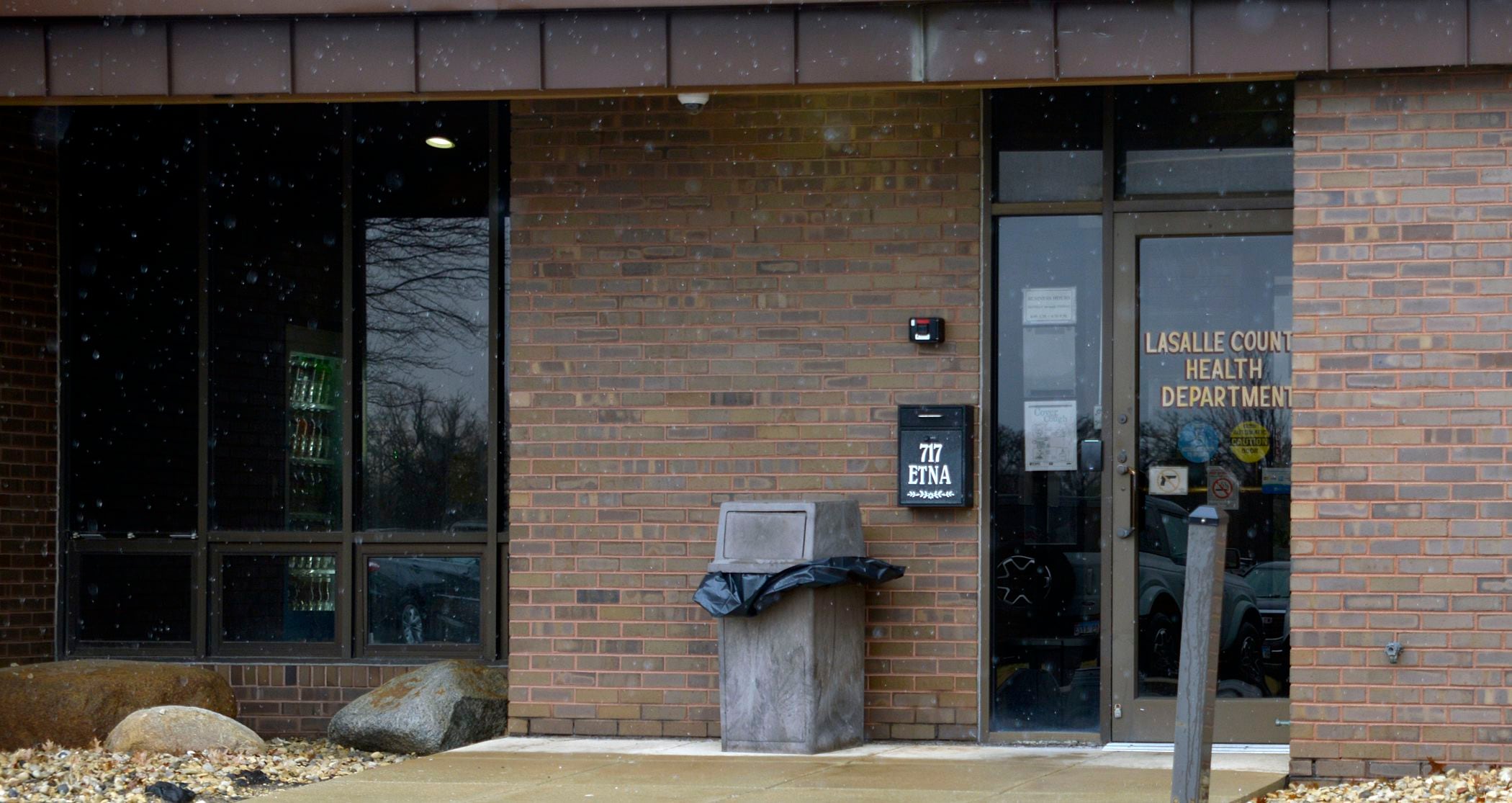Credit: LIGHTFIELD STUDIOS A recent study showcased the impact of house dust mite sensitization on skin thickness. 1 “We found that skin thickness increased in children with allergic diseases compared to the control group,” wrote investigators, led by Uğur Altaş, from the department of pediatric allergy and immunology at Umraniye Training and Research Hospital in Türkiye. “This increase was more pronounced in children with house dust mite sensitization.
The findings of this study have the potential to contribute to the management and treatment strategies of allergic diseases by revealing the effects of house dust sensitization on skin thickness.” Previous studies have reported an impaired skin barrier in allergic diseases, with allergic diseases being the cause. Evidence also suggests the reverse: the weakness or damage to the skin’s epithelial tissue may be linked to the development of allergic diseases.

2 Skin prevents microorganisms, allergens, and irritants from entering the body. 1 The absence of a strong skin barrier leaves people vulnerable to many environmental exposures—biodiversity loss, pollution, pathogens, allergens, detergents, microplastics, among others. Patients with allergic skin diseases, such as atopic dermatitis, have a compromised skin barrier.
Patients with a house dust mite allergy diagnosed with asthma and allergic rhinitis may have a weakened skin barrier despite no visible skin symptoms. An earlier study discovered children with house dust mite allergy diagnosed with asthma and allergic rhinitis had lower skin moisture and sebum content. 3 To have a strong skin barrier, the 3 skin layers—epidermis, dermis, and hypodermis—must be of an appropriate thickness.
1 In this cross-sectional study, investigators sought to evaluate the dermis thickness in children with house dust mite allergy without visible symptoms. The study included 158 children aged 4 – 18 years with asthma (n = 7) or allergic rhinitis (n = 51), divided into 3 groups: healthy controls (n = 50; 60% males), those sensitized to house dust mites (n = 60; 58.3% males), and those with negative house dust mite tests (n = 48; 56.
3% males). The median age was 10 years in patients with a house dust mite sensitization and healthy controls; patients without a house dust mite sensitization had a median age of 7 years. Patients with dust mite sensitization had significantly greater total IgE (P < .
001), absolute eosinophil count (P < .001), and eosinophil percentage (P < .001) but no significant differences with WBC (P = .
429), neutrophil (P = .502), lymphocyte (P = .290), and platelet values (P = .
918). The team measured the thickness of the dermis layers of the skin at the cubital fossa using a Siemens Acuson S3000 Ultrasound System and found no significant difference between children with dust mite sensitization and healthy controls (P = .053).
Eosinophils (P = .043) and eosinophil percentage (P = .047) were negatively correlated with dermis.
Moreover, they found no significant correlation between total IgE, house dust mite specific IgE, and skin test values thickness (P > .05). “The lack of significant differences in dermis thickness between groups in this study may be attributed to the small sample size, potentially limiting the power to detect subtle variations,” investigators concluded.
“Further studies with larger, multicentre cohorts are needed to provide more generalizable results. Moreover, the observed increase in skin thickness among patients with house dust mite sensitization may be attributed to thickening of the skin tissue as a result of allergen-associated inflammatory processes. Further studies are needed to understand the underlying pathophysiological mechanisms of skin thickness and allergic diseases.
” References Altaş U, Taşar S, Başdoğan N, Alkaya H, Çevik S, Altaş ZM, Özkars MY. The effect of house dust mite sensitization on skin dermis thickness in children with allergic respiratory diseases. Postepy Dermatol Alergol.
2025 Feb;42(1):105-109. doi: 10.5114/ada.
2025.147855. Epub 2025 Feb 20.
PMID: 40114769; PMCID: PMC11921919. Losol P, Sokolowska M, Hwang YK, Ogulur I, Mitamura Y, Yazici D, Pat Y, Radzikowska U, Ardicli S, Yoon JE, Choi JP, Kim SH, van de Veen W, Akdis M, Chang YS, Akdis CA. Epithelial Barrier Theory: The Role of Exposome, Microbiome, and Barrier Function in Allergic Diseases.
Allergy Asthma Immunol Res. 2023 Nov;15(6):705-724. doi: 10.
4168/aair.2023.15.
6.705. PMID: 37957791; PMCID: PMC10643858.
Altaş U, Altaş ZM, Ercan N, Özkars MY. The Effect of House Dust Sensitization on Skin Sebum and Moisture in Children with Allergic Respiratory Diseases. Children (Basel).
2023 Aug 30;10(9):1483. doi: 10.3390/children10091483.
PMID: 37761444; PMCID: PMC10529035..
Top

House Dust Mite Allergy Linked to Increased Skin Thickness in Children

Ultrasound showed no significant dermis thickness difference at the cubital fossa, yet dust mite-sensitized kids had signs of allergen-driven skin changes.











